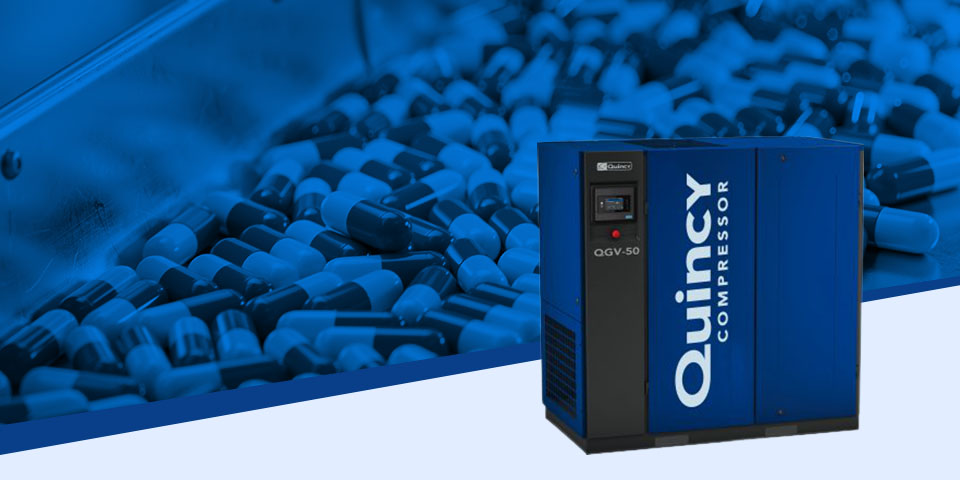Contents
Cut-In/Cut-Out Pressure
Cut-in/cut-out pressure refers to the two set points on a pressure switch that control when a compressor, pump or HVAC system turns on (cut-in) and off (cut-out). The cut-in pressure is the lower threshold that triggers the system to start, while the cut-out pressure is the upper limit that signals the system to stop.
These settings are essential for maintaining consistent system performance and protecting equipment. They also optimize energy efficiency in applications such as air compressors, water pumps, HVAC, refrigeration and fire pumps — especially in environments where reliability and performance are nonnegotiable.
FAQs
In HVAC systems, cut-in/cut-out pressure refers to the pressure switch settings that determine when compressors or pumps start and stop to maintain proper airflow and temperature. Setting the correct cut-in and cut-out pressures is essential for preventing short cycling, maximizing energy efficiency and ensuring long-term reliability — especially in demanding commercial and industrial HVAC environments where performance cannot be compromised.
For water pumps, the cut-in/cut-out pressure switch is critical for automatic and dependable operation. The pump starts when water pressure drops to the cut-in point and stops at the cut-out point, ensuring a steady water supply and protecting the pump from running dry or becoming over-pressurized. Proper adjustment of these settings is crucial for maintaining consistent water pressure and protecting equipment, even in the most demanding industrial and agricultural conditions.
A cut-in/cut-out pressure switch is a device that automatically starts or stops equipment like compressors, water pumps or refrigeration units — based on preset pressure thresholds. This switch is a key safety and efficiency component, helping to automate system operation and prevent damage from excessive cycling or pressure fluctuations. In refrigeration and HVAC, these switches are crucial for maintaining optimal system performance and reliability in mission-critical applications.
Cut-in/cut-out pressure defines the normal operating range set by the pressure switch. Low pressure typically signals a problem, such as a leak or system malfunction, that drops the pressure below the intended cut-in point. Maintaining the correct cut-in/cut-out settings helps avoid low-pressure issues and ensures the system operates within safe and efficient parameters, supporting uninterrupted performance in demanding environments.
In refrigeration, the cut-in/cut-out pressure switch controls the compressor to maintain the desired cooling effect. The compressor turns on at the cut-in pressure and off at the cut-out pressure, which helps regulate temperature and prevent system overload. Properly set switches are crucial for achieving energy efficiency, ensuring reliable temperature control and protecting equipment in commercial and industrial refrigeration systems.
The cut-in/cut-out pressure for a fire pump is set to ensure the pump activates when system pressure drops (cut-in) and deactivates at a safe upper limit (cut-out). These settings are crucial for guaranteeing prompt water delivery during emergencies and for complying with stringent fire safety regulations. Regular testing and adjustment of these settings are necessary for compliance and system readiness, especially in facilities where safety and reliability are paramount.
Compressor cut-in and cut-out pressures determine when the compressor starts and stops, directly impacting air supply consistency, energy efficiency and equipment longevity. Setting these pressures correctly helps avoid excessive cycling, reduces wear and tear and ensures the compressor delivers uncompromising performance for demanding industrial and commercial applications.
Cut-in/cut-out temperature control uses similar principles as pressure control, but with temperature thresholds. The system activates at the cut-in temperature and deactivates at the cut-out temperature, maintaining desired environmental or process conditions. This method is commonly used in HVAC and refrigeration to ensure precise temperature regulation, system efficiency and reliable operation in critical environments.
Additional Resources
At Quincy, our goal is to support you and true support means connecting you to resources that best fit your needs.


